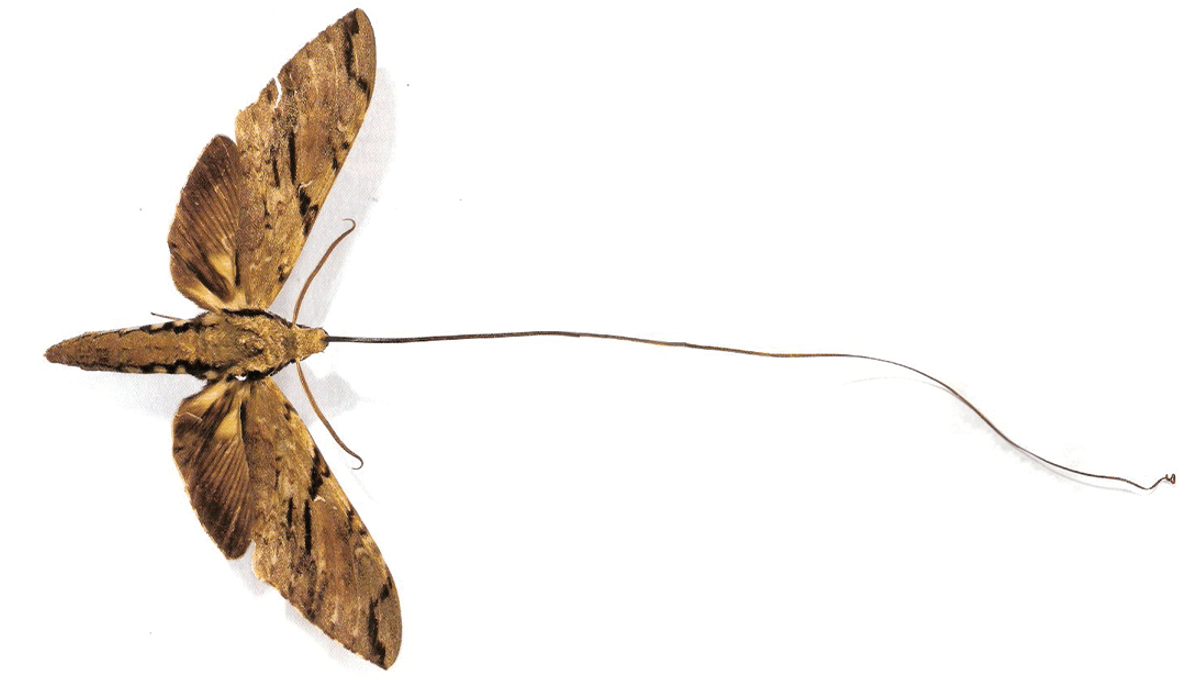
There’s no denying that some species are impressive thanks to certain body parts (behave). From the long neck of a giraffe to the impressive (albeit creepy) finger of an aye-aye, to simply having a very tiny body in general, the animal world covers pretty much any kind of adaptation you can think of. This makes certain aspects easy to predict – and Charles Darwin and Alfred Wallace hit the nail on the head with a moth that has the longest tongue of any insect.
In 1862, Darwin was sent a Madagascan orchid (Angraecum sesquipedale) with a nectar tube measuring 30 centimeters (11.8 inches) long. So taken was Darwin with the plant and the potential creature that could drink the nectar from those tubes that he wrote in a letter to a friend “Good heavens, what insect can suck it!” – only an insect with an extremely long tongue would be able to retrieve the nectar from plants like those.
Only 5 years later, Alfred Russell Wallace was also pondering the same orchid species and thought that a species of hawkmoth would be the most likely candidate for a tongue long enough to sip the nectar. Wallace wrote, “That such a moth exists in Madagascar may be safely predicted, and naturalists who visit that island should search for it with as much confidence as astronomers searched for the planet Neptune, – and they will be equally successful”.
Both he and Darwin were right.
Originally in around 1903, the moth was thought to be a subspecies of the Morgan sphinx moth (Xanthopan morganii). However, a 2021 study confirmed that it is not a subspecies after all, but rather a species of its own, now named Xanthopan praedicta in honor of both naturalists’ foresight.
Most of the measurements of the proboscis of the species were taken from museum and private collections, though in March 2020, measurements were made carefully on live moths by unrolling their proboscides gently with a pin. One specimen had a tongue length of 28.5 centimeters (11.2 inches) when fully unrolled, with most Xanthopan praedicta specimens having a tongue on average 6.6 centimeters (2.59 inches) longer than Xanthopan morganii.
“Imagine my excitement as I unrolled and measured the proboscis of a male Xanthopan in the Madagascan rainforest, realizing that it was probably the global record holder,” said Dr David Lees, paper co-author and curator of moths at the Natural History Museum, London in a statement. “The taxonomic change we now propose finally gives long-deserved recognition, at the species level, to one of the most celebrated of all Malagasy endemics.”
Source Link: World’s Longest Insect Tongue Belongs To Moth Species Predicted By Darwin